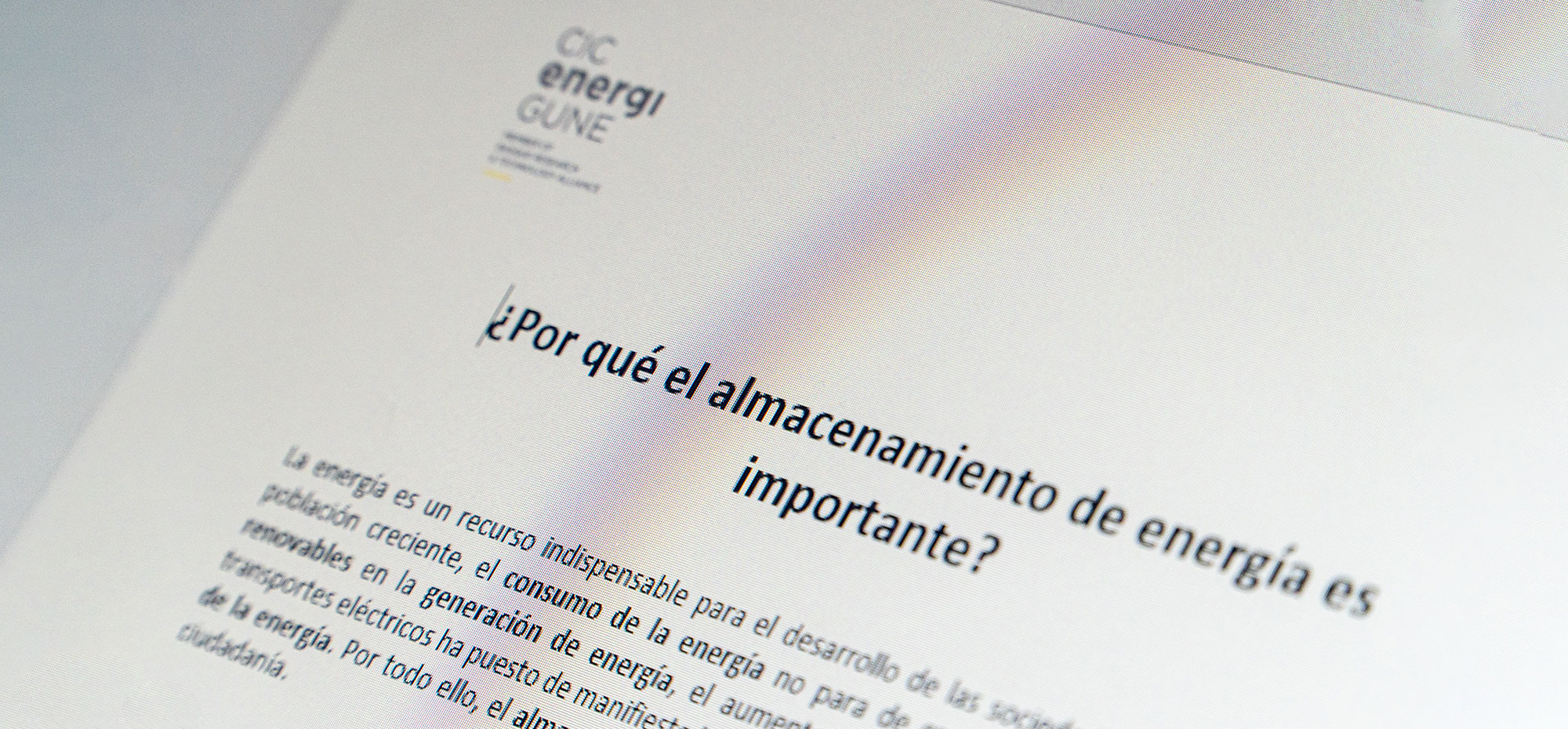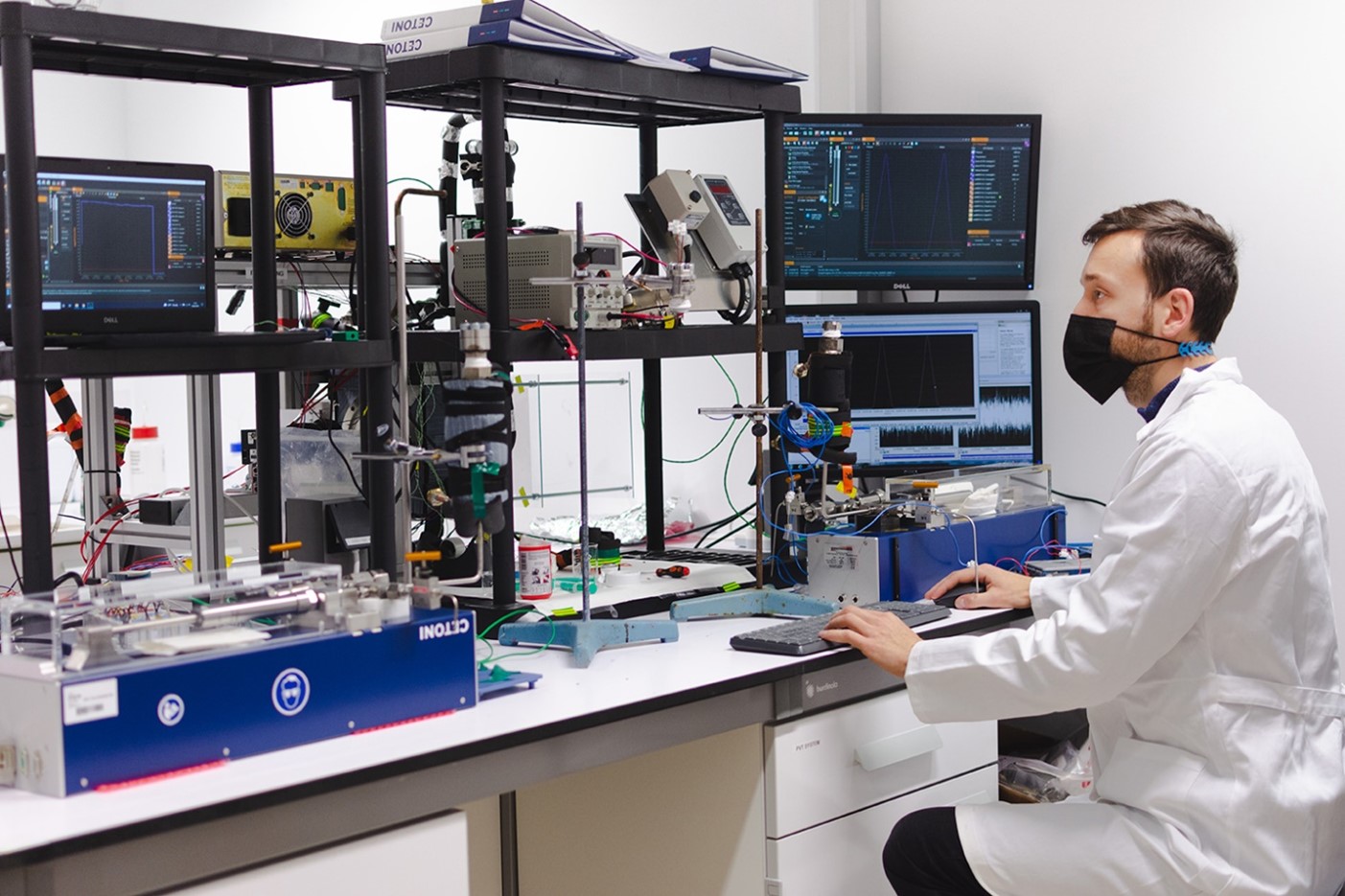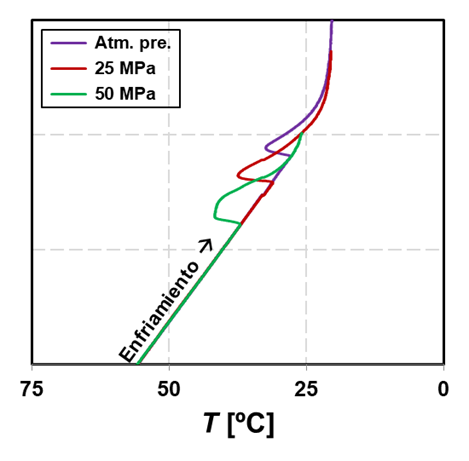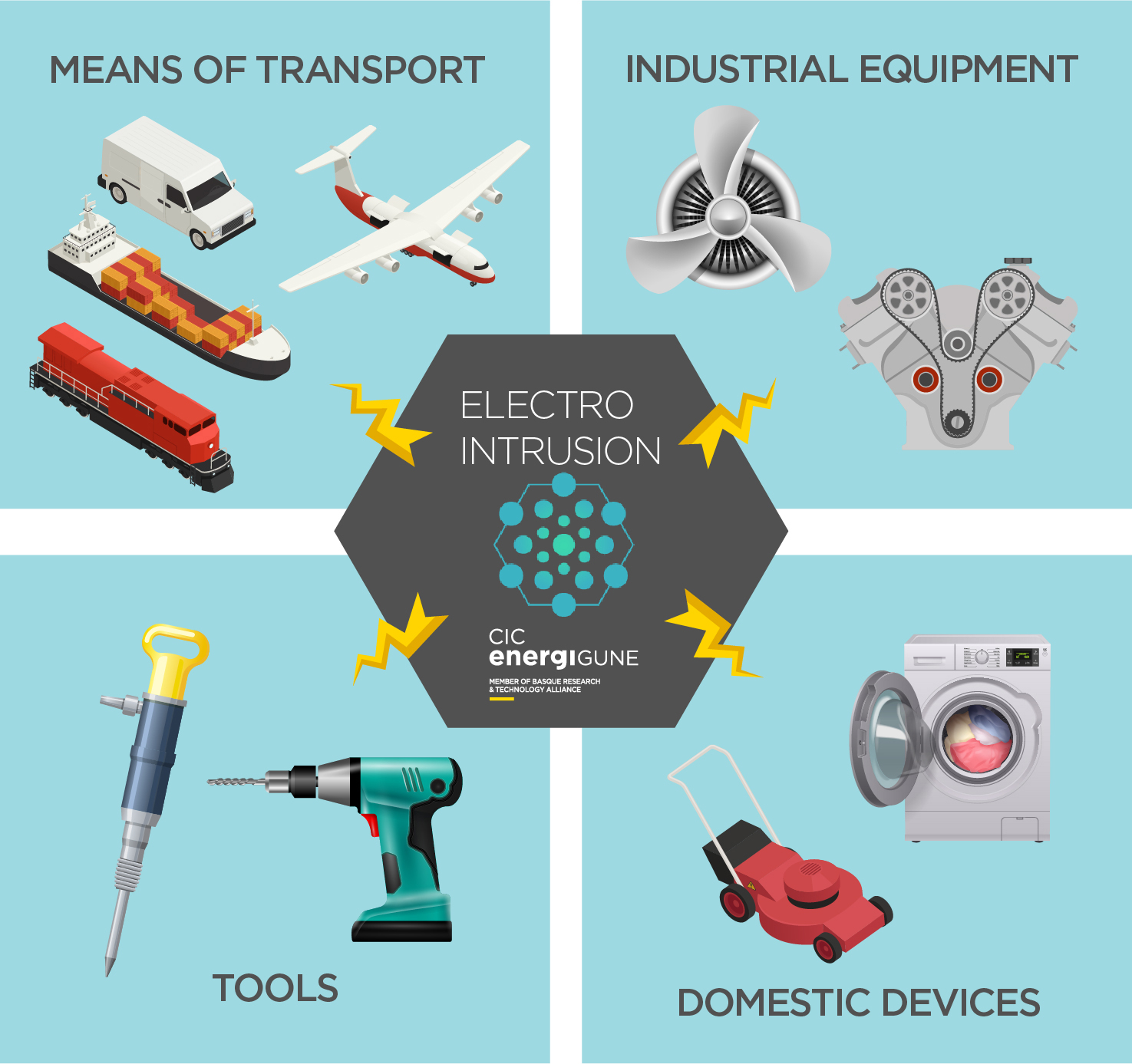In the coming years, it will be necessary to look for new, more efficient, cleaner and more versatile solutions for a rapid energy transition. Among these solutions, thermal energy storage and energy harvesting are clearly two of the most prominent and promising processes. However, the progress and viability of these processes requires an adequate and precise knowledge of the thermodynamic behavior of the systems and materials used under various operating conditions.
The thermodynamic behavior of materials possibly takes us back to our high school years when the teacher was trying to make us understand the ideal gas equation (PV=nRT). This equation is what is known as the equation of state, that is, an equation that allows us to describe a system completely through the relationship of different variables, which are called variables of state.
Thus, for example, in the ideal gas equation, densities (volume) of gases are related to temperatures and pressures. Fortunately for us, and possibly for the professor, the ideal gas equation, thermodynamically speaking, is simple, but it only applies to the ideal case of a gas. Thus, it is more accurate for monoatomic gases (noble gases) or homonuclear diatomic gases (such as oxygen O2 or nitrogen N2) at low pressures and moderate temperatures since for an ideal gas intermolecular interactions are not taken into account. And furthermore, this ideal gas equation cannot be applied to phase change, i.e. condensation of the gas into liquid.
Although the equations of state are very useful, we do not currently have a global equation that predicts the behavior of any substance under all possible conditions. And it is at this point where research and experimentation become essential to characterize and try to predict the behavior of materials, mixtures or systems under different thermodynamic conditions. Therefore, among other facilities, CIC energiGUNE, in order to study the behavior of different systems in a wide range of conditions, has its own manufactured equipment, such as two PVT equipment for liquids and a device for pressurized gases.
The PVT equipment consists of a CETONI Nemesys module to control pressure (up to a maximum of 80 MPa) and volume, connected to a cell where the samples are placed. In this cell, the temperature can be controlled by means of a heat exchanger or a thermal jacket, covering a range from -20 ºC to 250 ºC.
Thus, at CIC energiGUNE we are able to investigate the thermodynamic behavior of systems by means of different state variables, such as pressure (P), volume (V) and temperature (T). For example, PVT equipment allows us to carry out experiments under different conditions, the most characteristic of which are isochoric conditions -where the volume remains constant-, isobaric conditions -where the pressure remains constant- and isothermal conditions -where the temperature remains constant-. With these experiments we are able to characterize our systems by different parameters. The most relevant ones, depending on whether the type of experiment is isothermal, isobaric or isochoric, are the isothermal compressibility coefficient, the isobaric thermal expansion and the isochoric stress coefficient respectively.
As an example of thermodynamic characterization tests, at CIC energiGUNE, we perform isobaric (constant pressure) tests of phase change materials (PCMs) where we investigate how the temperature at which the phase transition occurs changes depending on the pressure to which the PCM is subjected.
Isobaric curves showing a variation in the temperature at which the pass change occurs during the cooling of a PCM.
In addition to these thermodynamic characterization tests, PVTs can be used for other tests involving pressure and temperature, such as electrification tests. Under the same conditions as the characterization tests (i.e. isobaric, isothermal and isochoric), electricity generation can be investigated for different materials and systems such as tribo-generators, piezo-generators, batteries and supercapacitors.
For example, at CIC energiGUNE, isothermal tests of heterogeneous lyophobic systems are currently being carried out as part of the Electro-Intrusion project (FET-PROACTIVE of the Horizon 2020 framework program), which aims to transform vibrations (dissipated mechanical energy) and waste heat (available thermal energy) into electricity and to develop convenient methods to harvest it efficiently. These heterogeneous lyophobic systems, which are composed of porous matrix and a liquid that does not wet the matrix, are pressurized to simulate mechanical compression and decompression during vibrations and thus produce electricity during intrusion/extrusion of the liquid into the porous matrix by nanotriboelectrification.
Finally, the CIC energiGUNE pressurized gas unit is currently being used as a supercritical CO2 reactor (P ≥ 7.38 MPa and T ≥ 31.1 ºC) to carry out treatments on metallic samples in order to modify their surface properties. Specifically, we focus on achieving superhydrophobic surfaces that are used in different applications, such as reducing corrosion damage in corrosion-prone environments or producing more efficient heat exchangers.
Thanks to the equipment and knowledge of our researchers, at CIC energiGUNE we can perform advanced thermodynamic characterization and electrification tests, which allow us to develop and optimize thermal storage systems and energy harvesting that favor the energy transition towards a cleaner and more efficient future.











